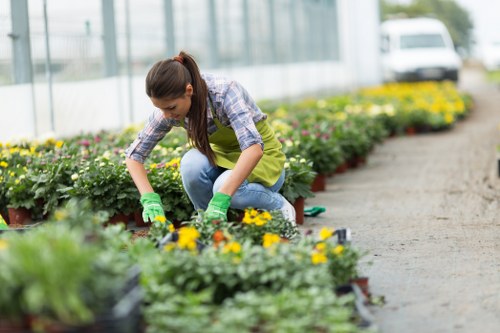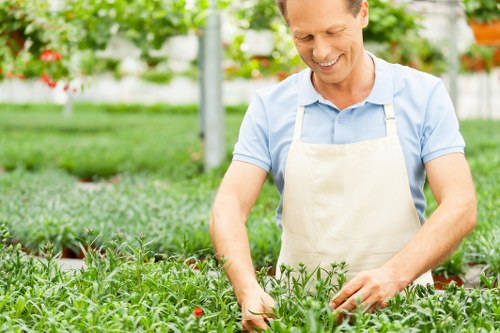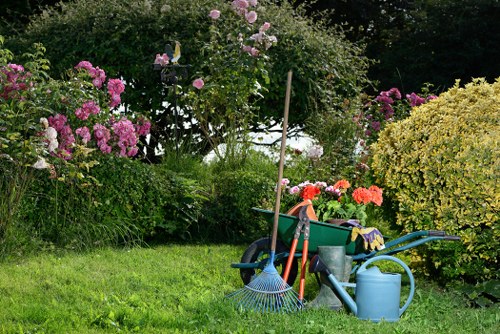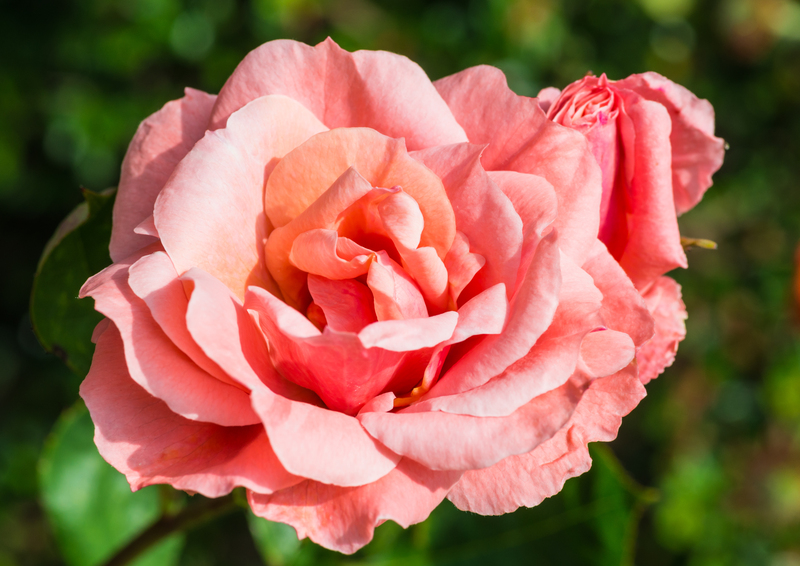
Comprehensive Guide to Garden Maintenance in Lee
Garden maintenance in Lee is essential for creating a beautiful and thriving outdoor space. Whether you're a seasoned gardener or a beginner, understanding the intricacies of garden care can significantly enhance the health and aesthetics of your plants.
Maintaining a garden involves a variety of tasks, from regular watering and weeding to more specialized care like pruning and pest control. Each of these activities plays a crucial role in ensuring that your garden remains vibrant and lush throughout the year.
One of the key aspects of garden maintenance in Lee is understanding the local climate and how it impacts your plants. Lee's climate can influence factors such as watering schedules, plant selection, and protection against harsh weather conditions.
Planning and Designing Your Garden
Effective garden maintenance starts with proper planning and design. Before planting, consider the layout of your garden, the types of plants you want to include, and how they will grow over time.
Selecting the right plants is crucial. Choose species that are well-suited to Lee's climate and soil conditions. Native plants often require less maintenance and are more resilient against local pests and diseases.

Soil Preparation and Fertilization
Healthy soil is the foundation of a thriving garden. Conduct a soil test to determine its pH and nutrient levels. Based on the results, amend the soil with appropriate fertilizers and organic matter to create an optimal growing environment.
Regular fertilization provides essential nutrients that support plant growth and resilience. Use a balanced fertilizer and follow the recommended application rates to avoid over-fertilization, which can harm plants and the surrounding ecosystem.
Proper mulching is another important aspect of soil maintenance. Mulch helps retain moisture, suppress weeds, and regulate soil temperature, contributing to the overall health of your garden.

Watering Practices
Efficient watering is vital for garden maintenance. Overwatering can lead to root rot and other fungal issues, while underwatering can stress plants and reduce their growth.
Implementing a consistent watering schedule based on the needs of your plants and the local climate conditions is essential. Drip irrigation systems are an excellent choice for providing targeted moisture directly to the plant roots, minimizing water waste.
Monitoring soil moisture levels can help you adjust your watering practices as needed, ensuring that your garden receives the right amount of water throughout different seasons.

Pruning and Trimming
Regular pruning and trimming help maintain the shape and health of your plants. Removing dead or diseased branches prevents the spread of pests and promotes new growth.
Different plants require different pruning techniques. Research the specific needs of each plant species in your garden to ensure that pruning is done correctly and at the appropriate times of the year.
Proper pruning not only enhances the appearance of your garden but also improves air circulation around plants, reducing the risk of fungal diseases.

Pest and Disease Management
Effective pest and disease management is a critical component of garden maintenance. Regularly inspect your plants for signs of pests or disease, such as discolored leaves, wilting, or visible insects.
Integrated Pest Management (IPM) strategies can help control pests while minimizing the impact on beneficial insects and the environment. This includes practices like introducing natural predators, using organic pesticides, and maintaining plant health to prevent infestations.
Early detection and prompt action are key to managing pest and disease issues before they become severe problems in your garden.
